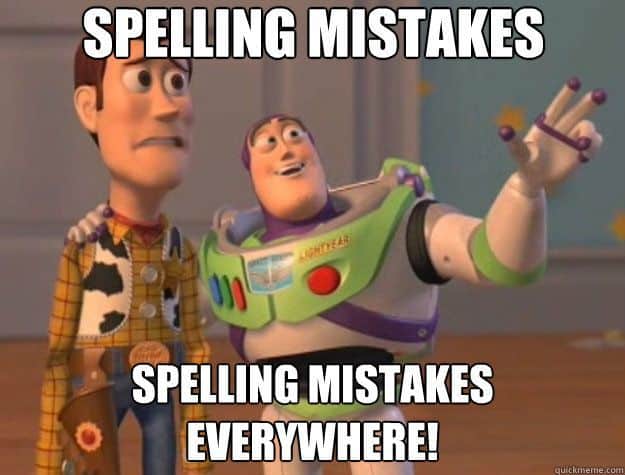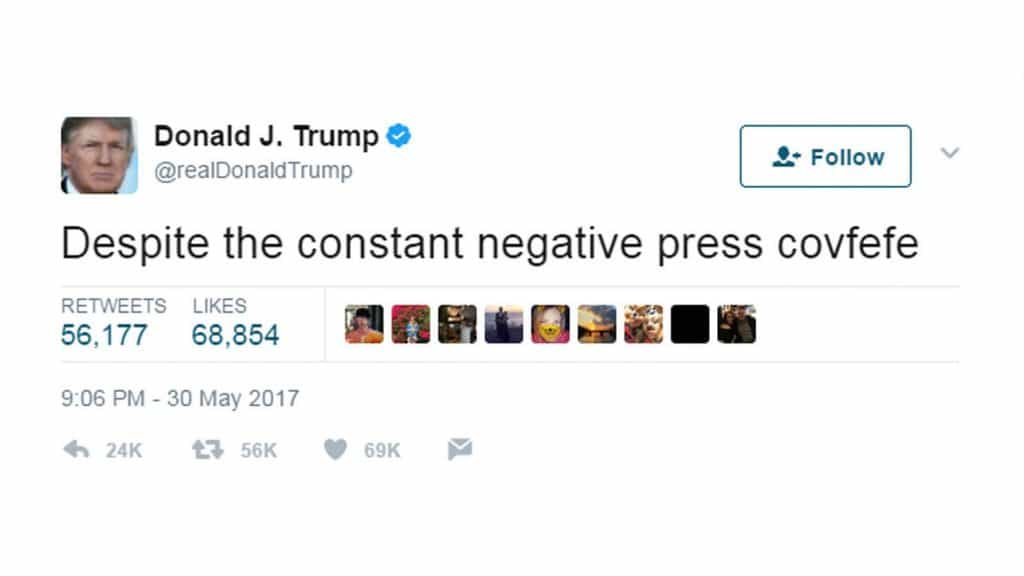So here’s the thing. No matter what stage you are in your career, you’re going to make mistakes. It’s natural, and it’s part of the learning process. One of the most obvious mistakes you’re going to make, though? Spelling errors, also known as typos. I’m not just talking about your typos on PowerPoint, though. I’m talking about all your typos.
Typos suck
Trust me, I get it. Typos suck. They undermine your talent and make you look like someone that’s ignorant, stupid and careless.
To make matters worse, there is nothing more heartbreaking than watching your boss or colleague go over your PowerPoint presentation, PowerPoint deck or other document that you worked so hard on, only to spot a spelling error that you thought wasn’t there. It’s like you spent weeks preparing your content, and it only took someone else two minutes to find your mistakes.
Oh, and if you’re in the same room when someone else finds your mistake, you’re in for an emotional roller coaster.
Does this sound familiar?
“I made sure! I proofread! How did this one get away? Oh man, I’m in for it now. I’m probably not going to be promoted by the end of the year because of this. Might as well go home, eat that tub of ice cream and cry into my pillow.”
Relax. I’m going to help. I’m going to teach you three key tips that will help you stop that end-of-the-world scenario that’s playing in your head right now (spoiler alert, it’s not the end of the world).
1. Review it When You’re Fresh
I used to repeatedly do this mistake. I would normally finish up with my document, scroll back up to page one, and start reviewing.
The truth is, this could be doing more harm than good.
When you’re done with your work, then just stop. Go home, get something to eat, and sleep. Rest up. You’ll be in a better position to review your work in the morning. Trust me.
“But Yoyo.” I can hear you ask “What if I have an important deadline? What if there is no time rest?”
I hear you loud and clear!
You’re going to have to clear your mind for 10 – 20 minutes. What I normally do is go for a walk around the building. Alternatively, I go to the nearest convenience store to pick up a chocolate bar (I love Snickers). Basically, I do something that involve movement. I then sit back down and start my proofreading.
2. Proofread the crap out of it
This is the time you spend working on fixing individual sentences and words. Now, a lot of people would recommend printing out the stuff on paper and then highlighting the words that need changing. Personally, I hate doing that, and I hate wasting paper, so I tend to just do real-time edits from my laptop. The choice is yours, though.
Anyway, when proofreading, be sure to do the following:
- Read out loud (or whisper to yourself) – when you’re using two senses at the same time (in this case sight and hearing) you’re in a better position to spot mistakes.
- Read your sentences backwards – You’ll double your concentration and focus on every single word.
- Look for gaps in your terminology – when you notice the flow of your content is a little “off” you’re more inclined to spot errors, including typos.
Aside from the common tactics, I think those three will serve you well!
3. Just stop
I’ll never forget the story of when I was working on a 150 slide deliverable for a client. I was working on that thing for months. When it came time for delivery, my boss walked up to me and had this to say.
“Look over it one last time. After that, stop.”
“Why?” I asked.
“Because it’s your baby now, and you’re going to try and perfect it.”
“What’s wrong with that?” I asked again.
I’m going to turn what he said into huge letters now just so you can truly understand how important it is.
“You’re always going to find imperfections, no matter how many times you review it.”
He was right. I was so focused on making it perfect that I found myself editing it over and over again.
So I stopped, and guess what? The client found spelling mistakes in the document. Want to know something else? The client didn’t care.
Mistakes will happen. You have to accept that.
I’ve seen typos in books, international news websites from the biggest media giants, advertisements from large multinationals and YouTube videos from creators with millions of subscribers.
Hell, if the President of the United States of America made typos, what are you anxious about?
Typos will happen. Just accept it, better yourself, and move on.
You’ll be ok. Trust me.


Great tips, Yoyo thanks. I’ve never tried the reading backwards one, I’ll try that one next time.
Keep the posts coming!